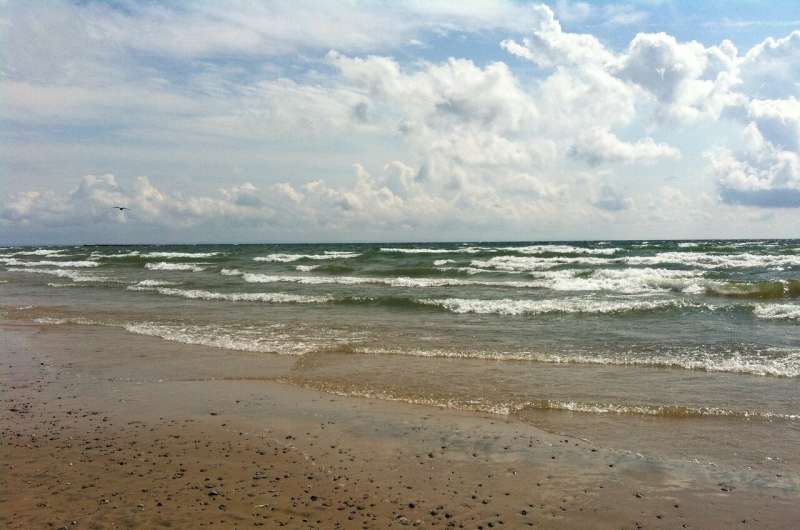Priorities and technologies for indicative ballast water monitoring in Great Lakes

Ballast water of commercial ships is the leading source for aquatic invasive species into the Great Lakes. A project led by Wayne State University, in collaboration with the Natural Resources Research Institute (NRRI) at the University of Minnesota Duluth, aims to protect the Great Lakes by helping assure that indicative monitoring systems designed to assess invasive species management are effective.
Indicative monitoring enables rapid assessment of ballast water management system compliance with state, national and international ballast regulations. This is critical for accurate assessment of harmful organism hazards.
Last year, the project team convened ballast water monitoring tool developers, Great Lakes government officials and other stakeholders for workshops to explore the range of ballast water monitoring tools; their applicability to Great Lakes monitoring objectives; organisms and conditions; and their usability.
The workshops successfully informed monitoring tool developers on ways to adapt their tools to better serve the Great Lakes. This initiative also apprised the region's policy community of tool capabilities and limitations in the context of the Great Lakes' unique ecosystem conditions.
The workshops also led to a new guidebook, Indicative Technologies for Ballast in the Great Lakes. This guidebook and the associated project website provide a standing resource for regulators, resource managers, ship owners, monitoring tool developers; and other stakeholders to support protection of the Great Lakes through effective and informed indicative monitoring of ballast water.
"This guidebook is essential for managing the threat of invasive species in the Great Lakes," said project team member Euan D. Reavie, a Senior Research Associate and an expert on water quality at NRRI. "Prior to this work, there was no way to know for sure whether rapid assessment technologies on ships were complying with ballast water requirements. This moves us toward being able to deploy ballast water monitoring tools with confidence."
Provided by University of Minnesota

















